Autism And Empathy

Understanding the Nuances of Empathy in Autism
The relationship between autism and empathy is often misunderstood, with pervasive stereotypes suggesting a lack of emotional capacity. However, emerging research and lived experiences reveal a more nuanced picture, emphasizing diversity, mutuality, and the importance of shifting societal perceptions. This article explores the complex interplay between autism and various facets of empathy, highlighting scientific findings, phenomenological insights, and implications for better inclusion and understanding.
Diverse Experiences of Empathy in Autism
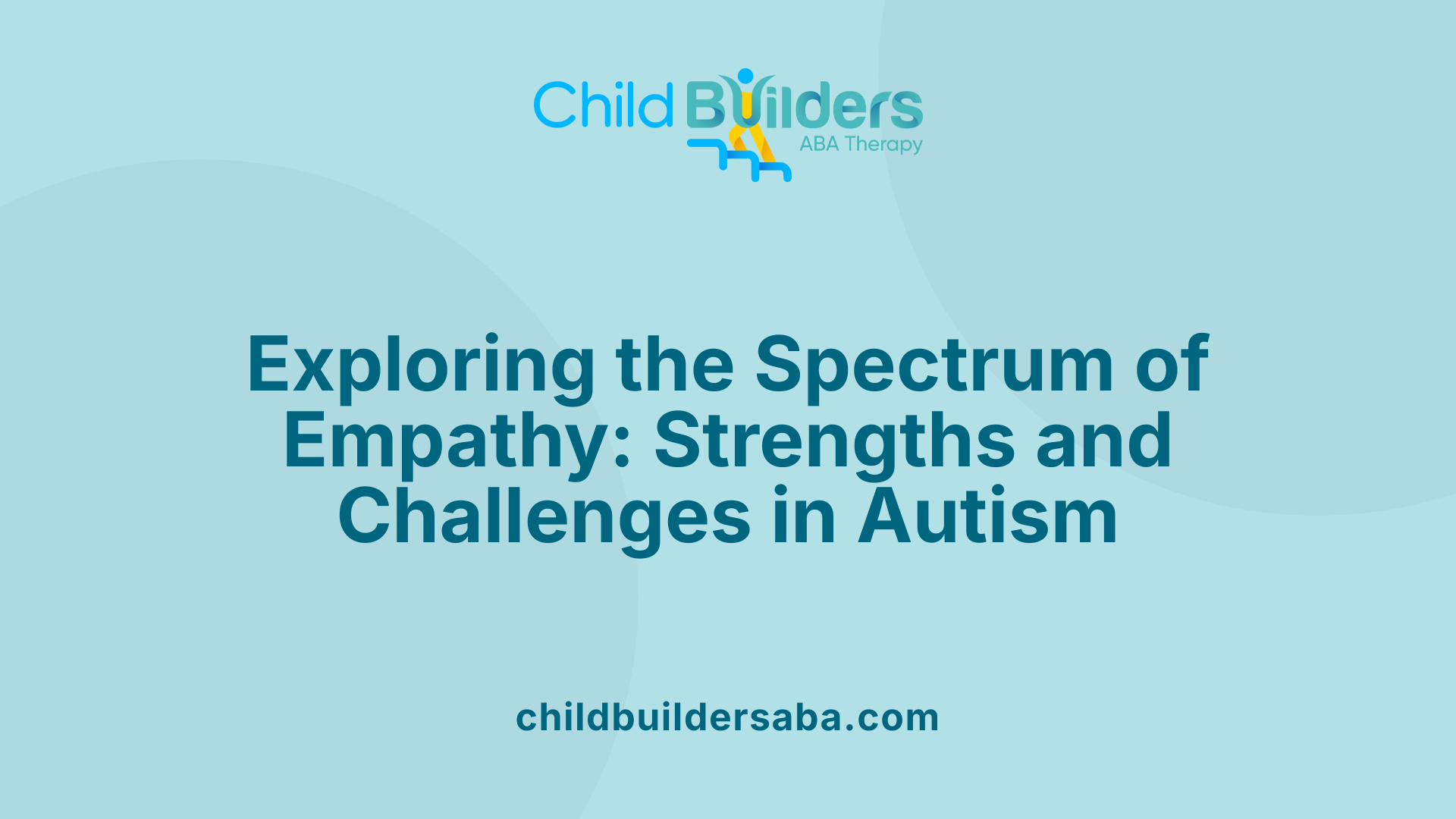
Range of empathic responses in autistic individuals
Autistic people display a wide variety of empathy experiences. Some may demonstrate strong, even hyper-empathic responses, feeling others' emotions intensely and sometimes to their own emotional detriment. Others might find it difficult to recognize social cues or share emotional states, but this does not mean they lack empathy altogether. Instead, their empathy might manifest differently or require more effort, such as actively interpreting subtle social signals or managing sensory overload.
Research shows that many autistic individuals have the potential to develop empathy skills over time. For example, some autistic children initially struggle with acknowledging others’ emotions but can improve in prosocial behaviors with age and experience. Interestingly, they might focus on helping through actions like problem-solving or supportive gestures rather than traditional expressions of empathy like smiling or verbal affirmations.
Hyper-empathy and emotional over-arousal
A notable phenomenon within autism is hyper-empathy, where individuals experience emotions more intensely than expected. Many report feeling others’ pain, distress, or strong negative emotions very deeply, which can lead to emotional overwhelm. Up to 78% of autistic individuals in a referenced study reported experiencing hyper-empathy, sometimes feeling others’ feelings so strongly that it causes distress and fatigue.
This heightened emotional sensitivity is often linked to sensory processing differences, like increased exteroception — the heightened awareness of external stimuli. Autistic individuals may also be more sensitive to negative emotions, perceiving them more vividly or being over-aroused by emotional cues, especially in social situations they find overwhelming.
Effortful empathy and social decoding challenges
For many autistic people, empathy is not automatic; it can be effortful and exhausting. Recognizing subtle social cues like facial expressions or tone of voice requires additional mental effort, which can be tiring and lead to processing avoidance. Although autistic individuals often have difficulties with cognitive empathy—understanding and interpreting what others are feeling—they may still experience genuine emotional responses. Their empathy can be conditional, often stronger with close others, animals, or fellow autistic individuals.
Strategies such as creating supportive environments, using communication aids, or teaching social decoding skills can help autistic people better manage these challenges. Recognizing the diversity of empathetic experiences challenges outdated stereotypes and highlights the importance of understanding autism as a spectrum of social and emotional differences.
The Dual Components of Empathy and Their Manifestations in Autism
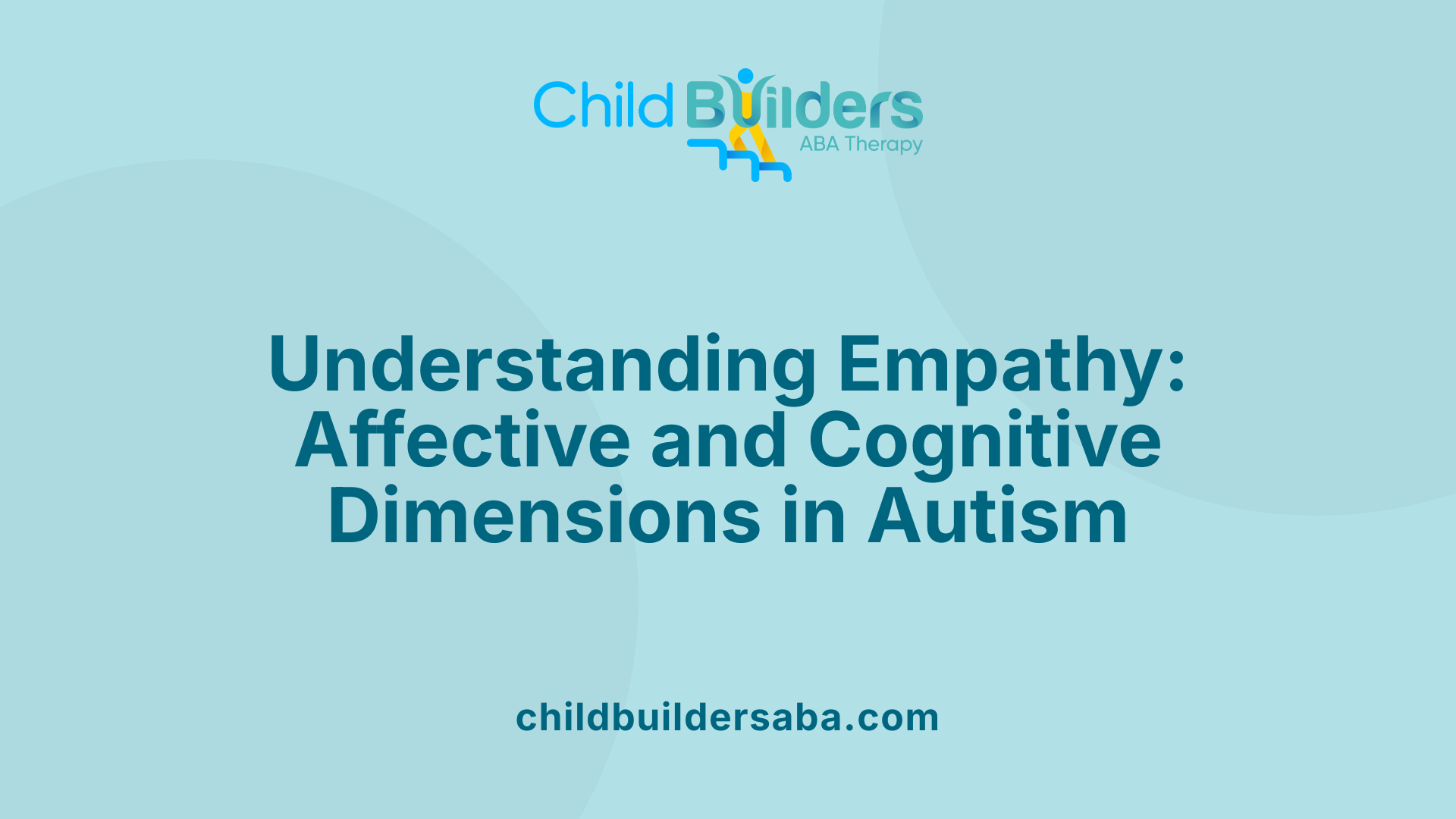
What are different types of empathy and how are they affected in autism?
Empathy is a complex skill that involves two main components: affective empathy and cognitive empathy. Affective empathy refers to the capacity to share and respond to another person's emotional experiences. It is often described as emotional resonance—feeling what others feel and being emotionally moved by their experiences. Cognitive empathy, on the other hand, involves understanding another person's mental state, including their thoughts, intentions, and perspectives. It is the ability to take someone else's point of view and accurately interpret their feelings.
In autism, these components can be affected in different ways. Many autistic individuals exhibit challenges in cognitive empathy because reading and interpreting social cues such as facial expressions, gestures, or tone of voice can be difficult. This difficulty can lead to misunderstandings and social miscommunications. Interestingly, affective empathy may remain unaffected or even be heightened in some autistic individuals. They might experience strong emotional responses, sometimes to an overwhelming degree, especially when highly attuned to others' distress.
While stereotypes persist that autistic people lack empathy, research paints a more nuanced picture. Many autistic individuals show genuine emotional empathy, especially for those they care about or feel connected to, but they may express or interpret this empathy differently. For example, some may prefer quiet support or action over typical verbal expressions of empathy.
This diversity highlights that empathy in autism isn't a straightforward deficit. Mutual misunderstandings often stem from the 'double empathy problem', where difficulties are reciprocal between autistic and non-autistic people due to differences in communication styles. As a result, social understanding can be hindered on both sides.
Overall, empathic abilities in autism are varied and influenced by individual experiences, social contexts, and developmental factors. Recognizing and respecting this diversity is vital in fostering inclusive, supportive environments that nurture all forms of empathy.
Neurodivergent Traits and the Overlap with Empathy
How do autism spectrum disorder traits influence empathy?
Autism spectrum disorder (ASD) includes a range of social and communication differences that can affect how individuals perceive and express empathy. Many autistic people experience challenges with recognizing social cues, reading facial expressions, and understanding others’ emotions. While some might assume a lack of empathy, research often shows that autistic individuals have the capacity for strong emotional empathy but may express or access it differently.
What is the role of alexithymia in autism?
Alexithymia is a trait characterized by difficulty in identifying, understanding, and describing one’s own emotions. It is common in autistic populations, with estimates suggesting that 50% to 85% of autistic individuals also experience alexithymia. This co-occurrence can significantly impact emotional awareness and social interactions.
Research indicates that the presence of alexithymia, rather than autism itself, often mediates empathic responses. For example, difficulties in accessing internal emotional states can reduce emotional resonance with others, leading to what appear as empathy deficits. Importantly, addressing alexithymia through targeted therapies could potentially improve emotional understanding and empathy.
What are hyper- and hypo-empathy in autism?
Autism is associated with diverse empathic experiences. Some individuals exhibit hyper-empathy, feeling others’ emotions intensely, which can become overwhelming or distressing. Others may show hypo-empathy, with diminished emotional engagement and challenges in understanding social cues.
Hyper-empathy might manifest as
The Double Empathy Problem and Mutual Understanding
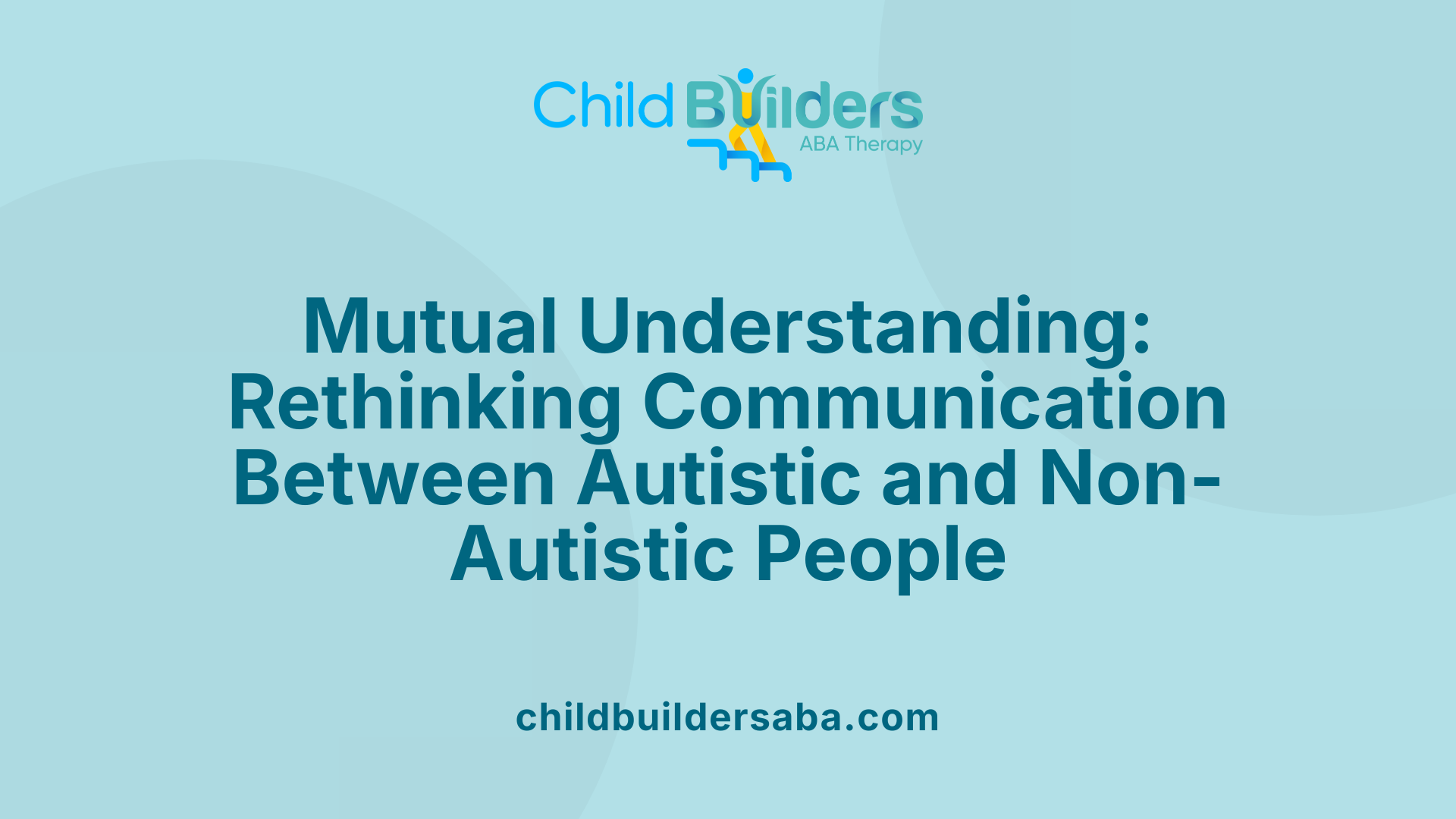
How does the double empathy problem and its relevance to autism?
The double empathy problem is a concept that emphasizes the mutual nature of social misunderstandings between autistic and non-autistic people. Rather than viewing social difficulties as solely caused by deficits within autistic individuals, this theory suggests that both groups experience challenges in understanding each other's perspectives.
In essence, the problem arises from differences in communication styles, social cues, and emotional expression that are typical in autistic and non-autistic populations. These differences can lead to mutual frustration and misinterpretation, making interactions more difficult.
This perspective shifts the traditional view of autism from a lack of empathy or social awareness to a shared difficulty in cross-neurotype understanding. Recognizing this helps promote mutual empathy, encouraging both sides to understand and adapt to each other's communication and social behaviors.
Implications for social interactions are significant. It suggests that improving understanding between autistic and non-autistic people requires efforts from both sides. Training and awareness programs that acknowledge these differences can foster more inclusive, respectful, and productive conversations.
Overall, the double empathy problem underscores the importance of seeing empathy as a two-way process. It highlights the need to move beyond stereotypes and appreciate the diverse ways in which autistic individuals experience and express empathy, ultimately aiming to bridge social understanding gaps.
| Relevance to Autism | Communication Style Differences | Consequences for Social Relationships |
|---|---|---|
| Promotes mutual understanding | Emphasizes the bidirectional nature | Challenges in everyday interactions |
| Shifts focus from deficits to differences | Recognizes unique social cues and norms | Misinterpretation and social distance |
| Encourages inclusive approaches | Highlights need for adaptation | Potential for improved social outcomes |
Understanding this concept helps us build a more empathetic society where diverse communication styles are valued and understood, fostering genuine connections across neurodiverse groups.
Embodiment and Intercorporeality: Foundations of Affective Empathy in Autism
How does phenomenological analysis explain affective empathy in autism?
Traditionally, theories like the Theory of Mind (ToM) have been used to understand social and emotional difficulties in autism. These models assume that autistic individuals have an inaccessibility to others’ mental states, which leads to deficits in empathy. However, recent phenomenological perspectives challenge this view, proposing a different underlying mechanism.
Phenomenological analysis emphasizes the importance of bodily resonance—an automatic, pre-reflective entrainment between bodies—as the core basis of affective empathy. This concept, called intercorporeality, refers to the embodied, shared experience that occurs naturally during social interactions.
In autism, impairments in this bodily resonance are believed to be central. When intercorporeality is disrupted, the emotional connection and engagement that typically underpin empathy are affected. This explains why many autistic individuals may experience social and emotional difficulties early in life, not because they lack feelings, but because their embodied social interactions do not align with neurotypical expectations.
By focusing on the embodied nature of social experience, this perspective positions ASD more as a disorder rooted in bodily and affective resonance rather than solely cognitive deficits. Such a view can foster a more nuanced understanding of autism’s complexity, emphasizing the role of bodily experience and interaction in shaping emotional empathy.
This approach has significant implications for interventions. Instead of solely teaching cognitive perspective-taking skills, strategies could also focus on restoring or supporting bodily resonance and embodied social engagement, ultimately enriching autistic individuals’ affective connections with others.
Neurobiological and Phenomenological Perspectives on Empathy in Autism
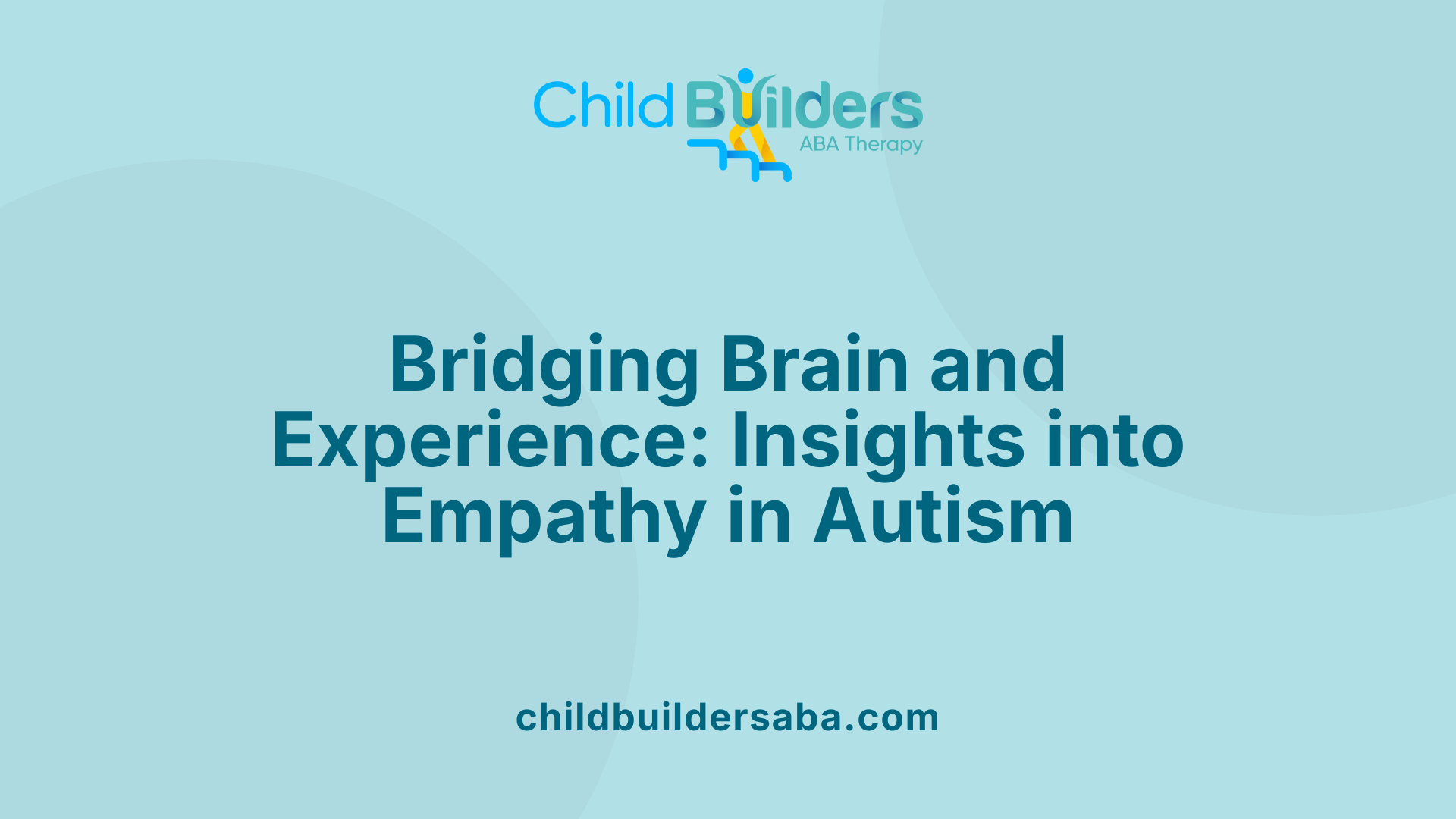
Are there any neurological or phenomenological studies on empathy in autism?
Research exploring empathy in autism takes both neurological and phenomenological approaches, offering a comprehensive understanding of how autistic individuals experience and process empathy.
Neurobiological studies use advanced imaging techniques like fMRI to observe brain activity. These studies often reveal atypical activation in regions such as the insula, amygdala, and prefrontal cortex, which are crucial for social cognition and emotional processing. Such differences can relate to challenges in interpreting social cues or experiencing emotional resonance.
Phenomenological research focuses on the personal, subjective experiences of autistic individuals. Through self-reports and interviews, these studies highlight the diversity in empathy experiences — from hyper-empathy and emotional over-arousal to difficulties in reading or expressing feelings. Many autistic individuals describe empathy as intense, conditional, or effortful, challenging the misconception that they lack empathy.
Integrating neurological findings with personal narratives reveals that lower or different brain activity does not equate to an absence of empathy. Instead, it underscores variations in how empathy is experienced and expressed across the autism spectrum.
This combined approach helps break stereotypes and emphasizes the importance of understanding empathy as a complex, multifaceted phenomenon deeply rooted in both brain function and personal lived experience. Recognizing these differences supports more inclusive perspectives and tailored strategies for social interaction and emotional understanding in autism.
Implications for Inclusion and Support Strategies
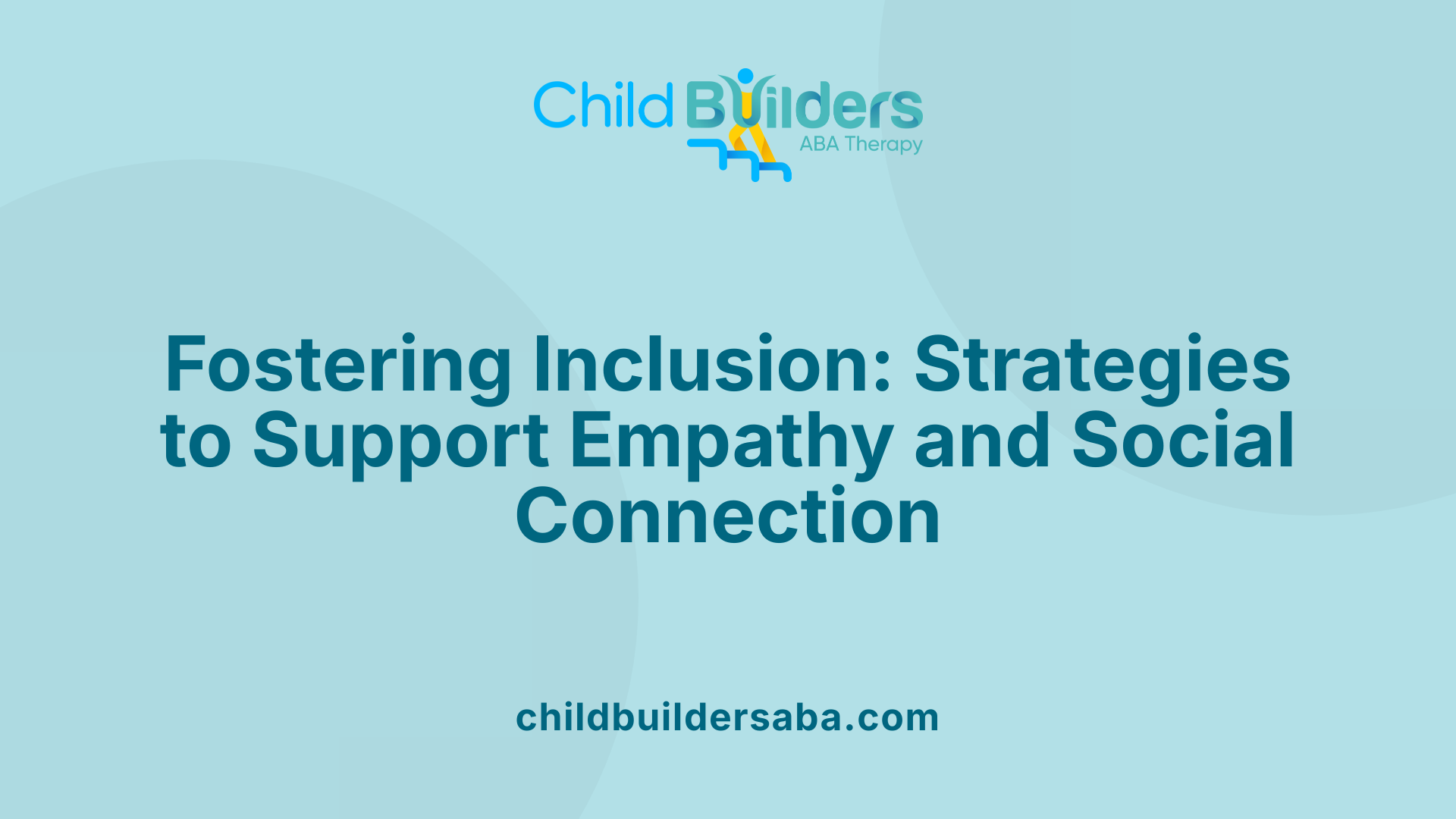
What are some strategies to support empathy development in autism?
Supporting empathy in autistic individuals requires a tailored approach that respects each person's unique sensory sensitivities, social skills, and communication styles. Personalized interventions such as social skills training and emotional literacy programs help improve understanding and recognition of emotional cues. These programs often focus on teaching how to read facial expressions, tone of voice, and body language—skills that autistic people may find challenging.
Creating inclusive environments plays a crucial role. Sensory-friendly spaces, such as quiet areas or spaces with adjustable lighting, reduce sensory overload and make social engagement more accessible. Clear, direct communication norms help autistic people process social interactions without feeling overwhelmed. Peer-mediated programs and collaborative activities foster mutual understanding by encouraging positive interactions among autistic and neurotypical individuals.
Furthermore, educating neurotypical individuals about the diversity of empathy experiences and emphasizing the mutual nature of social understanding—the essence of the double empathy problem—can improve interactions. This includes recognizing that social reciprocity is a two-way process, not solely a deficit within autistic people.
Supporting emotional regulation is also vital. Tools like calming techniques, boundaries, and validation of different ways of expressing empathy empower autistic individuals to manage their emotional responses better. Overall, adjusting societal expectations, providing appropriate support, and validating diverse expressions of empathy contribute to more inclusive and supportive social environments. These strategies help promote emotional well-being and strengthen social bonds, aligning with contemporary understanding that empathy in autism is complex, variable, and highly individual.
Shaping a Compassionate Future for Autism and Empathy
The intricate landscape of empathy in autism defies simple stereotypes, revealing a spectrum of emotional experiences rooted in biological, psychological, and social factors. Recognizing the diversity, mutuality, and embodied nature of empathy guides us toward more inclusive, compassionate, and effective support systems. Challenging misconceptions and embracing the richness of autistic emotional worlds not only fosters individual well-being but also enriches societal understanding. As research continues to deepen our insight, it is essential that intervention, education, and community dialogue reflect this complexity, paving the way for a future where empathy is truly inclusive and mutual.
References
- Reexamining empathy in autism: Empathic disequilibrium as a novel ...
- Autism and empathy - National Autistic Society
- Impairment of affective and cognitive empathy in high functioning ...
- Understanding Empathy and Autism - Attwood & Garnett Events
- Do autistic people have empathy? - Medical News Today
- Navigating the Experience of Hyper-Empathy in Autism
- The development of empathy in young autistic children - PMC
- Double empathy problem - Wikipedia





.jpg)































































































